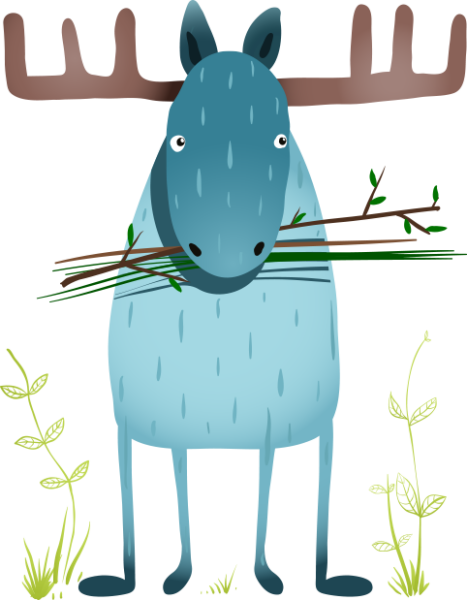
This series is intended to help my new-to-writing friends, but also should be of interest if you wonder how books are made.
In the first installment of Peek Behind the Curtain, I shared the lightbulb moment of a new manuscript [cue copious thank yous to Lin-Manual Miranda, Leslie Odom, and Hamilton].
The idea was a nonfiction picture book about animal gestation called The Womb Where It Happens. (I know, right? It still cracks me up.) I envisioned a book similar in feel to Pink Is for Blobfish: Discovering the World’s Perfectly Pink Animals (Jess Keating, David DeGrand, Knopf Books for Young Readers/Penguin Random House) with photographs, main text, and sidebars. I would pitch it as Pink Is For Blobfish meets Nine Months: Before A Baby is Born (Miranda Paul, Jason Chin, Neal Porter Books/Holiday House).
After the Universe gifts me an idea, my first step is to find out if the idea could be marketable. (Sorry, Universe; gotta be pragmatic.)
Why waste the time of my critique groups/partners, my agent, and myself on a manuscript that won’t sell because there is already a:
- great book (or more than one great book), 2. in my genre (nonfiction in this case), 3. on that topic (animal gestation), 4. with my slant (Pink Is For Blobfish meets Nine Months), 5. that has been published in the last five years, or 6. is an evergreen title.
Let’s explore these potential barriers to selling. What is:
- a “great” book? To me, it’s a book that is developmentally appropriate for the reader’s age, with professional illustrations and design, thoughtfully crafted, and in line with other effective children’s books. I will identify* books on my topic or adjacent to it that meet these guidelines. If I don’t own them already, I order them via interlibrary loan, or if they seem perfect for my research, I purchase used copies to investigate further. These are comparison titles (“If you like this book, you might like that book”), and they might also be competing titles (folks might buy this book instead of mine because it offers the same or similar information).**
- in my genre? Nonfiction provides true and actual information no matter how it is delivered. If the comp books are fiction, or informational fiction (true facts told in a nontrue way, e.g., via anthropomorphized animals, etc.), my future nonfiction book could offer something new to the market.
- on my topic? Granted, my topic — animal gestation– is broad. As the manuscript is developed, I might be able to lean into various aspects of this topic that aren’t covered now and offer something new to the market.
- with my slant? Maybe my slant isn’t the best for the information I will find as I research further. Maybe the content would be better delivered lyrically, in a Q & A format, or even as an older age category. Who knows? I’m honestly not as worried about slants at this point because I’ve learned the information I uncover during research will point me to the right approach eventually. ***
- and 6. sort of go together. I have a science affinity and experience researching science topics and therefore, I’m quite confident I will unearth developmental biology findings that are more current. Remember that illustrated picture books take at least two years to produce (when we aren’t in a pandemic — click HERE to read more about the impact of this on my authored book, VIRGINIA WOULDN’T SLOW DOWN! The Unstoppable Dr. Apgar and Her Life-Saving Invention). So any book published five years ago could include research that is at the very least seven years old. That’s a long time in the science world. But, if that title is evergreen, meaning that it is known as the definitive title for that topic, we might have a harder time convincing editors there is room for another book on that topic.
I hope this peek is helpful for your next project.
PS. I go through a similar process for fiction, too. Stay tuned for the next installment of Peek Behind the Curtain: Topic Research-Lite and Agent Check-In.
While you’re waiting, take a gander at these adorable babies inside VIRGINIA WOULDN’T SLOW DOWN! The Unstoppable Dr. Apgar and Her Life-Saving Invention illustrated by the amazing Nancy Carpenter. I love their expressions and little arms! 🙂
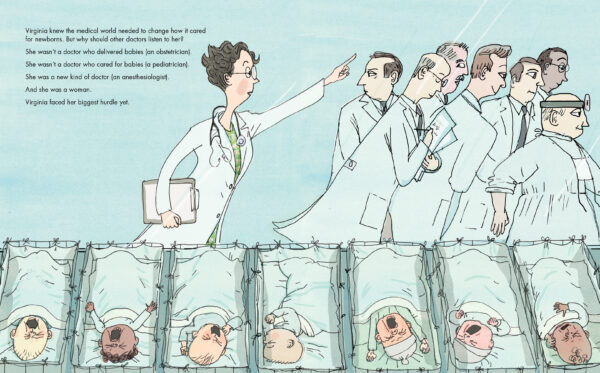
* How to identify comp titles? Check out your local independent bookstore, Worldcat.org, industry publications like Children’s Bookshelf and Publisher’s Weekly, Horn Book, etc., Bookshop.org or other online retailers, ask crit partners, listen at conferences, read children’s book blogs, awards lists, themed posts on social media and Pinterest…there are endless ways to unearth good books!
**See how the words, “comp title” get confusing? Most people mean competing when they say ‘comp’ title.
***Don’t I sound confident about this now before I begin writing the manuscript? Just wait, my friend…

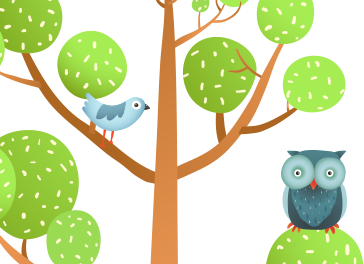
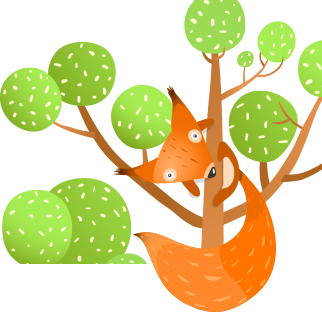

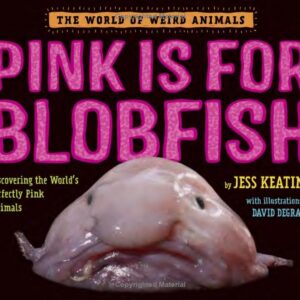
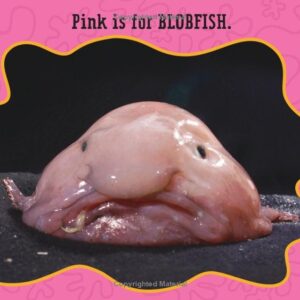
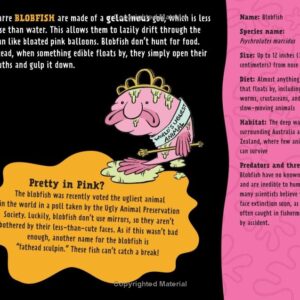
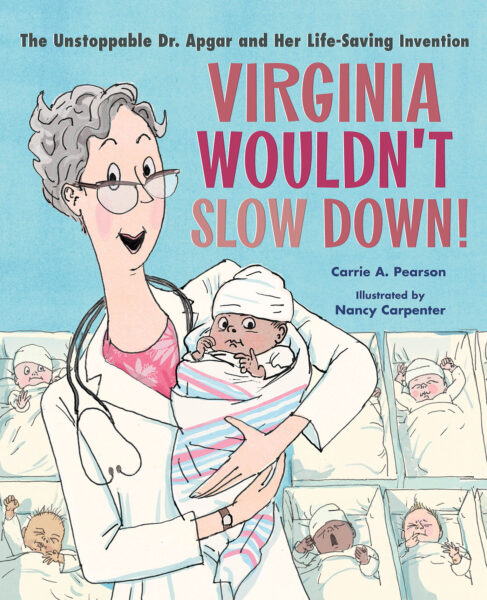 I’m thrilled to share that today is the launch day for
I’m thrilled to share that today is the launch day for 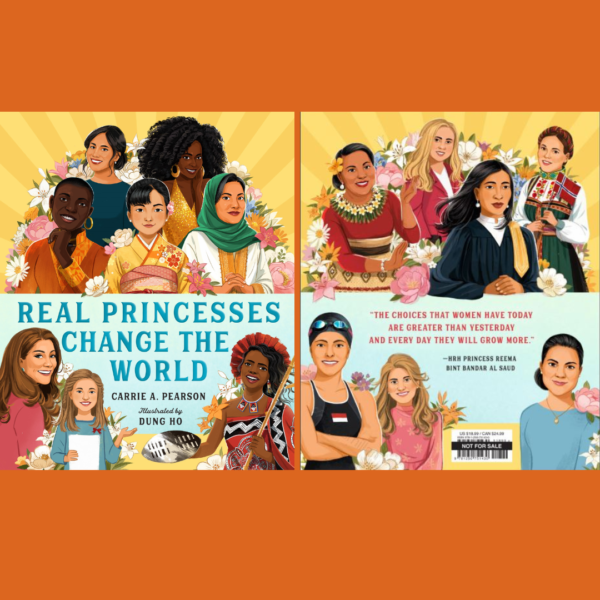 Unless we are involved in creating a book, we’ll never know all the twists and turns the book took to live on a shelf. I thought it might be interesting to share the journey story of REAL PRINCESSES CHANGE THE WORLD. Following is
Unless we are involved in creating a book, we’ll never know all the twists and turns the book took to live on a shelf. I thought it might be interesting to share the journey story of REAL PRINCESSES CHANGE THE WORLD. Following is 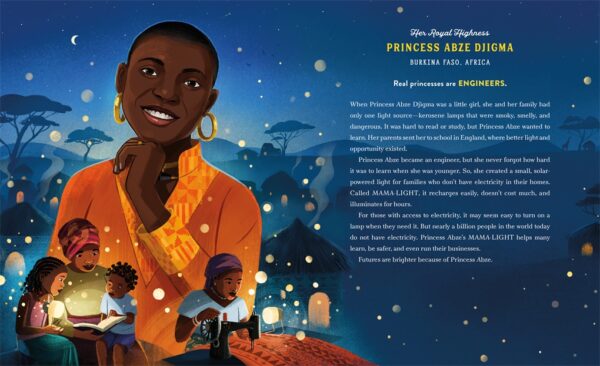
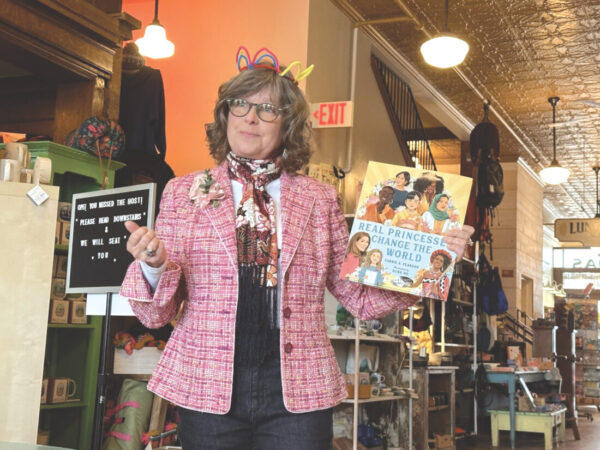
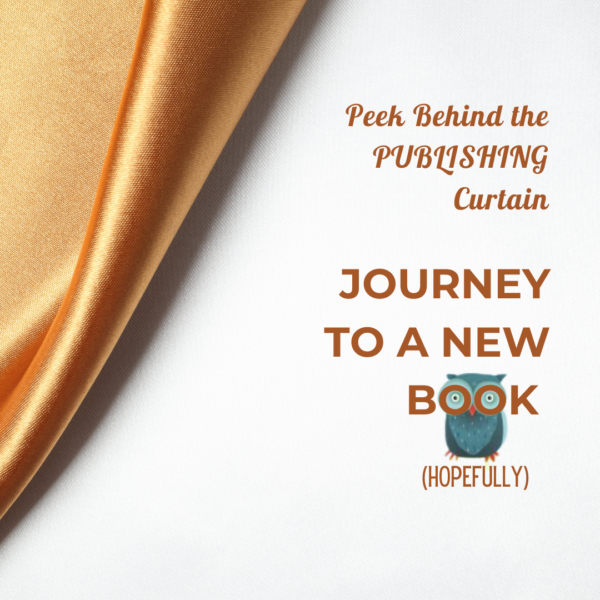 Much of children’s publishing feels like a big ol’ mystery especially when we are getting started in the industry. I thought it might be helpful to share the process of a new children’s book from my original lightbulb moment to the eventual book on a shelf.
Much of children’s publishing feels like a big ol’ mystery especially when we are getting started in the industry. I thought it might be helpful to share the process of a new children’s book from my original lightbulb moment to the eventual book on a shelf.











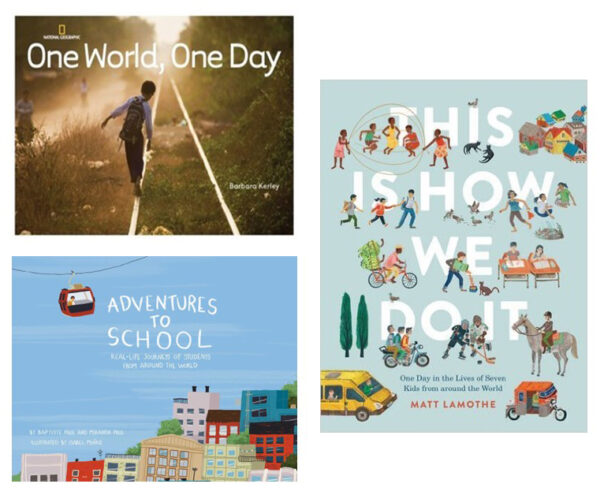


 Today,
Today, 